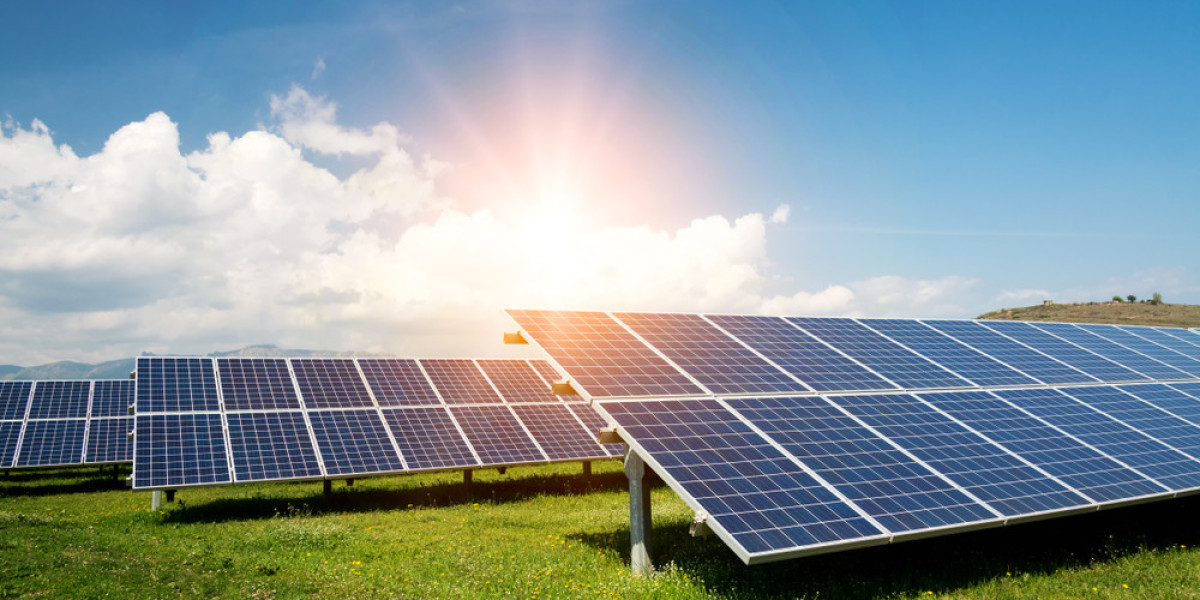Agrivoltaics is transforming the way we think about land use, combining solar energy production with agriculture to create a sustainable future. This innovative approach places a 2 KW solar installation above crops, allowing farmers to grow food while simultaneously generating clean energy. With climate change and land scarcity becoming more pressing issues, agrivoltaics offers a promising solution that maximizes efficiency and sustainability.
The Science Behind Agrivoltaics
Researchers at the Fraunhofer Institute for Solar Energy Systems (ISE) are leading the way in understanding how to balance sunlight distribution between crops and solar panels. The key challenge is optimizing light exposure—ensuring that crops receive enough sunlight for growth while panels generate sufficient electricity. By adjusting the spacing, angle, and height of solar arrays, scientists aim to create an environment where both agriculture and energy production can thrive.
Benefits of Agrivoltaics
Agrivoltaics provides a range of benefits that extend beyond just energy generation:
1. Boosting Biodiversity
By incorporating solar panels into farmland, agrivoltaics creates microhabitats that support diverse plant and animal life. The shaded environment beneath the panels can promote the growth of different plant species, encouraging biodiversity in agricultural landscapes.
2. Reducing Water Usage
Solar panels provide shade, which helps lower soil temperatures and reduce evaporation. This means crops require less water, making agrivoltaics particularly useful in arid regions where water conservation is critical.

3. Protecting Crops from Extreme Weather
With climate change increasing the frequency of extreme weather events, agrivoltaic systems offer an added layer of protection. The panels shield crops from excessive sun, hail, and heavy rain, reducing damage and improving yields.
4. Enhancing Land Efficiency
Traditional solar farms and agricultural fields compete for land use, but agrivoltaics allows both to coexist. This dual-purpose approach maximizes productivity on the same plot of land, making it an attractive solution for regions facing land scarcity.
Real-World Applications: A Case Study in Germany
One of the leading test sites for agrivoltaics is located in Nussbach, Germany, where researchers are studying its impact on apple orchards. By placing solar panels above apple trees, scientists are analyzing how different light conditions affect crop growth, yield, and fruit quality. Early findings suggest that agrivoltaics can protect apples from excessive heat and sunburn, leading to better-quality harvests.
Other countries, including the United States, Japan, and France, are also experimenting with agrivoltaic systems on various crops such as grapes, wheat, and lettuce. These pilot projects are helping to refine the technology and establish best practices for large-scale adoption.
Challenges and Future Outlook
Despite its promise, agrivoltaics faces some challenges. High initial costs, technical complexity, and policy barriers can slow its adoption. Farmers may be hesitant to invest in solar infrastructure without clear financial incentives or regulatory support. Additionally, finding the optimal panel design for different crops remains an area of ongoing research.
However, with increasing demand for renewable energy and sustainable farming, agrivoltaics is gaining momentum. Government policies, subsidies, and private investments are expected to accelerate its expansion in the coming years. As technology advances and costs decline, agrivoltaics could become a standard practice in global agriculture, transforming how we produce food and energy.
Conclusion
Agrivoltaics represents a win-win solution for both farmers and the renewable energy industry. By integrating a 2 KW solar installation with agriculture, this innovative approach enhances land efficiency, conserves water, protects crops, and supports biodiversity. As research continues to improve its effectiveness, agrivoltaics has the potential to revolutionize modern farming and contribute to a more sustainable future.





